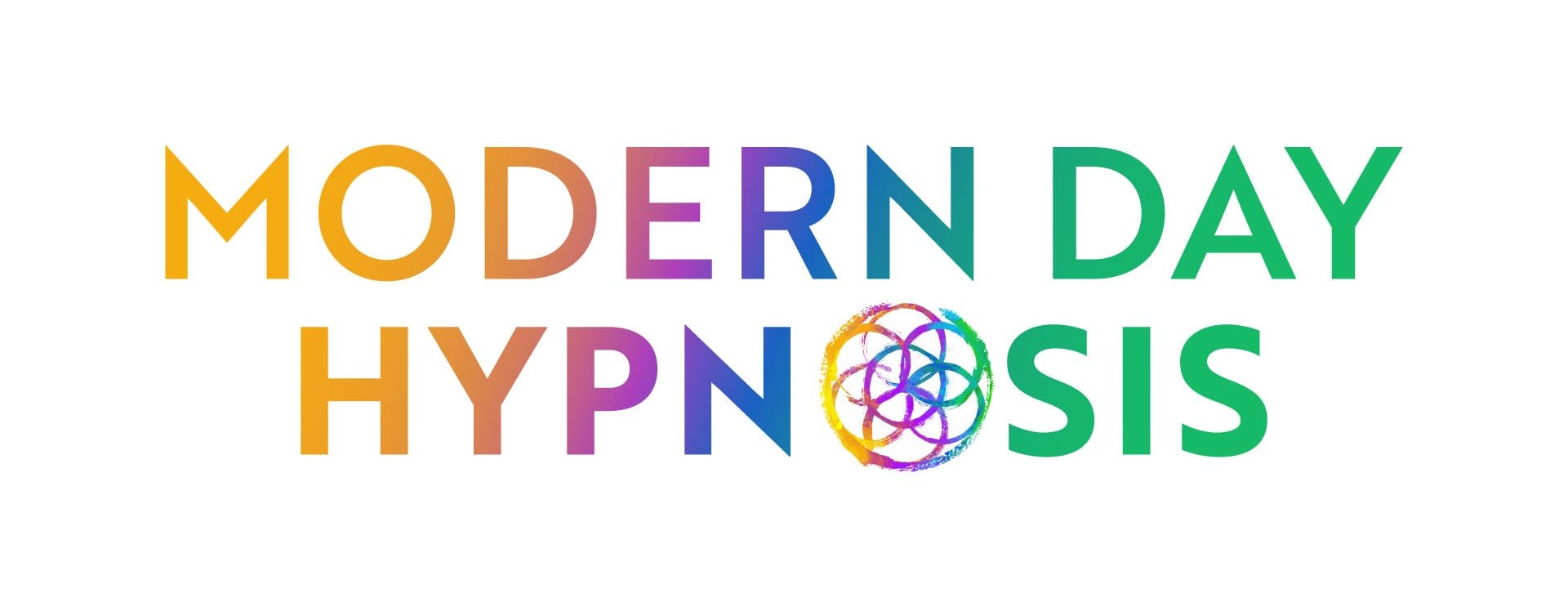6 Transformative Techniques That You Can Expect to Use in Hypnosis

Hypnosis can be defined as the art and science of using techniques to communicate with subconscious mind states. It is a practical approach to making healthful changes in emotions, memories, thoughts, perceptions, sensations, and behaviors. Hypnosis can even be used in clinical applications to help mitigate chronic pain, digestive issues, childbirth, and arthritis.
Although certified professionals can help you apply hypnosis, you can also learn self-hypnosis to achieve a desired outcome on your own time. That said, here are six transformative techniques that you can expect to use in both hypnosis and self-hypnosis:
Progressive Muscle Relaxation
Progressive muscle relaxation provides an intimate familiarity with self, developing a feeling of well-being and decreased muscle tension. During hypnosis, the use of progressive muscle relaxation promotes a focused mind and further engagement in the practice. This technique plays a critical role in mitigating stress and anxiety, reducing symptoms of certain chronic pain, and relieving insomnia. Progressive muscle relaxation is also more likely to support receptiveness of indirect suggestions, a key factor in the successful use of hypnosis.
Visualization
Visualization is one of the most effective hypnosis techniques to make suggestions. It is a cognitive technique that involves creating a visual mental image to change emotions and their mental impact. It has been proven in various studies that the subconscious mind cannot detect a difference in real and imagined situations.
Physiologically, we have a tendency to respond to imagined events as though they were happening here and now. For example, have you ever recalled a special memory only to feel your body relax, your heart rate decrease and a smile to spread across your face? Hypnosis uses this effect to create changes in perception and, therefore, in our lives.
Eye Fixation
Eye fixation involves fixing your gaze on a specific object or spot in order to generate eye closure. This technique involves focusing on an item in your line of sight to create a point of focus. Typically, fixation enhances the tiredness felt in the eyes to attain eye closure while shutting out visual distractions. This promotes a focus on the induction and can decrease attention given to outside distractions.
Breathwork
Breathwork involves an intentful focus on breathing patterns, which can be useful for improving various aspects of your mental, physical, and spiritual well-being. Deep, slow breaths with particular attention to the exhale is proven to support relaxation of our entire physiology. The application of breathwork techniques can be especially helpful when using hypnosis to reprogram subconscious beliefs.
Body Scan
Body scan is a popular self-hypnosis method, especially when used with other hypnosis inductions techniques, such as relaxation and breathwork. It involves closing your eyes and scanning the body slowly from head to foot to completely relax every part of the body. Practicing the body scan technique helps to drop into the body in order to identify how you are feeling without judgment. For example, you might notice a tingling in your lower back, or a warmth in your left shoulder.
Discover the Power of Hypnosis and Self-Hypnosis
Hypnosis is a powerful and safe method to increase self-esteem and confidence, relaxation, and assertiveness. It also plays a crucial role in improving mind-body awareness and relieving significant symptoms of medical conditions like anxiety, headaches, and pain. Whether you prefer to self-hypnotize or see a professional hypnotist, the techniques listed above can help you shift into a greater state of being.
If you enjoyed this blog, check out our article on 6 common myths about hypnotherapy.
- About the Author
IACT Trainer:
The International Association of Counselors and TherapistsDEHI Trainer:
The Dave Elman Hypnosis InstituteNGH Hypnotist:
The National Guild of HypnotistsIACT Hypnotist:
The International Association of Counselors and TherapistsIMDHA Hypnotist:
The International Medical and Dental Hypnotherapy Association
Hypnosis
Have You Tried It Yet? It Really Works!
